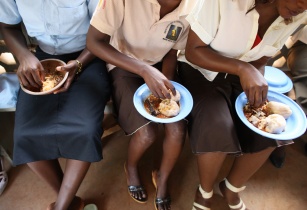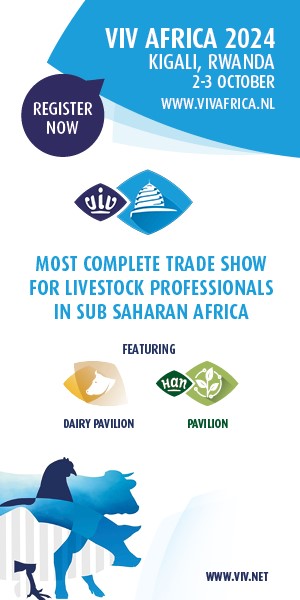The impact of the war in Ukraine is worsening the devastating food crisis for millions of people in the Horn of Africa, Islamic Relief, a humanitarian agency, has warned
Crops
Soil is the most potent carbon capture solution: EASAC
A new report released by Europe’s National Academies of Sciences provides evidence that a transformation to regenerative agriculture holds promising keys to reducing climate risks while providing the growing world population with food and enhancing biodiversity
The report states agriculture is the main driver of global deforestation and land conversion, and food systems account for more than a third of global greenhouse gas emissions, making it a major contributor to climate change.
“Transforming agriculture is the planet’s greatest untapped treasure for coping with the climate crisis. Today’s large-scale conventional agriculture has a huge negative impact on soil. Soil erosion, the loss of flora and fauna and thereby nutrients in soils, has become a major factor in Europe,” explains Thomas Elmqvist, professor and one of the lead authors of EASAC’s first-time scientific analysis of the potential of regenerative agriculture. The report shows that restoring biodiversity in soils, particularly in grasslands can dramatically increase their capacity to capture and store carbon.
While being responsible for a third of global carbon emissions, agriculture is extremely vulnerable to the effects of climate change, such as shifts in temperature and rainfall. The study further makes a claim that a growing number of farmers, particularly the smallholders that produce about a third of the world’s food, are struggling with harvest and livestock losses while trying to adapt to the increasingly irregular weather conditions caused by a changing climate.
“We are literally sawing the branch that we are sitting on,” says Orsolya Valkó of Hungary’s Institute of Ecology and Botany.
No contradiction between modern plant and animal breeding technologies
EASAC’s results demonstrate that many of the analysed practices show synergies between carbon capture and storage and enhancing biodiversity, while not having largely negative effects on food production in the long term. The scientists underline that regenerative agriculture does not contradict the use of modern plant and animal breeding technology, tilling, use of mineral fertiliser or pesticides. Instead, it aims for a limited, more targeted use.
The use of chemical pesticides, for example, can be reduced by using biological alternatives, employing gene-edited crops that are pathogen-resistant, or even introducing predators.
Potent carbon capture storage
Regenerative agriculture can take large amounts of CO2 out of the atmosphere and tie it back into the soil. “We are literally standing on the largest and most potent carbon capture storage of the planet,” Orsolya Valkó opines. “Many field tests show how high the soil’s storage performance is. If we want not only to preserve biodiversity but also expand food production and at the same time fight climate change, there is no alternative to regenerative agriculture!”
Insufficient implementation of strategies
EASAC recommends that regenerative agriculture should be prioritised by the member states when implementing the new ‘Common Agricultural Policy’. This includes more diversification within and among crops, the introduction of permanent and perennial crops, expanded agroforestry and intercropping, keeping green plant cover on all farm fields during all seasons, and reduced tillage.
The report welcomes the European Union’s Biodiversity and farm-to-fork strategies as steps in the right direction but underlines that governments have done little so far to implement them. “We need sharp policies and sharp economic instruments,” says Elmqvist. “Targeting the farm-scale is insufficient. Financial schemes should also benefit communities and associations of farmers managing landscapes in a coordinated way.”
FAO and SADC facilitate development of National Pest Management Strategies
The Food and Agriculture Organization (FAO) and Southern African Development Community (SADC) are working with the Centre for Agriculture and Bioscience International (CABI) to provide technical support to SADC Member States for developing national pest management strategies through the European Union-funded ‘Support Towards Operationalisation of the SADC Regional Agricultural Policy’ project (STOSAR)
Boost to avocado and banana production in Kenya
Turkish Cooperation and Coordination Agency (TİKA) has distributed avocado and banana seedlings in Kenya’s Muranga County, contributing to the region’s struggle against poverty, strengthening institutions and regional agriculture
Breathable Sand holds solution to global threat of floods
With most countries grappling with floods, Breathable Sand by Dake Rechsand, a company offering sustainable solutions in water conservation and desert farming, is helping reduce water requirements by 70-80% on average











